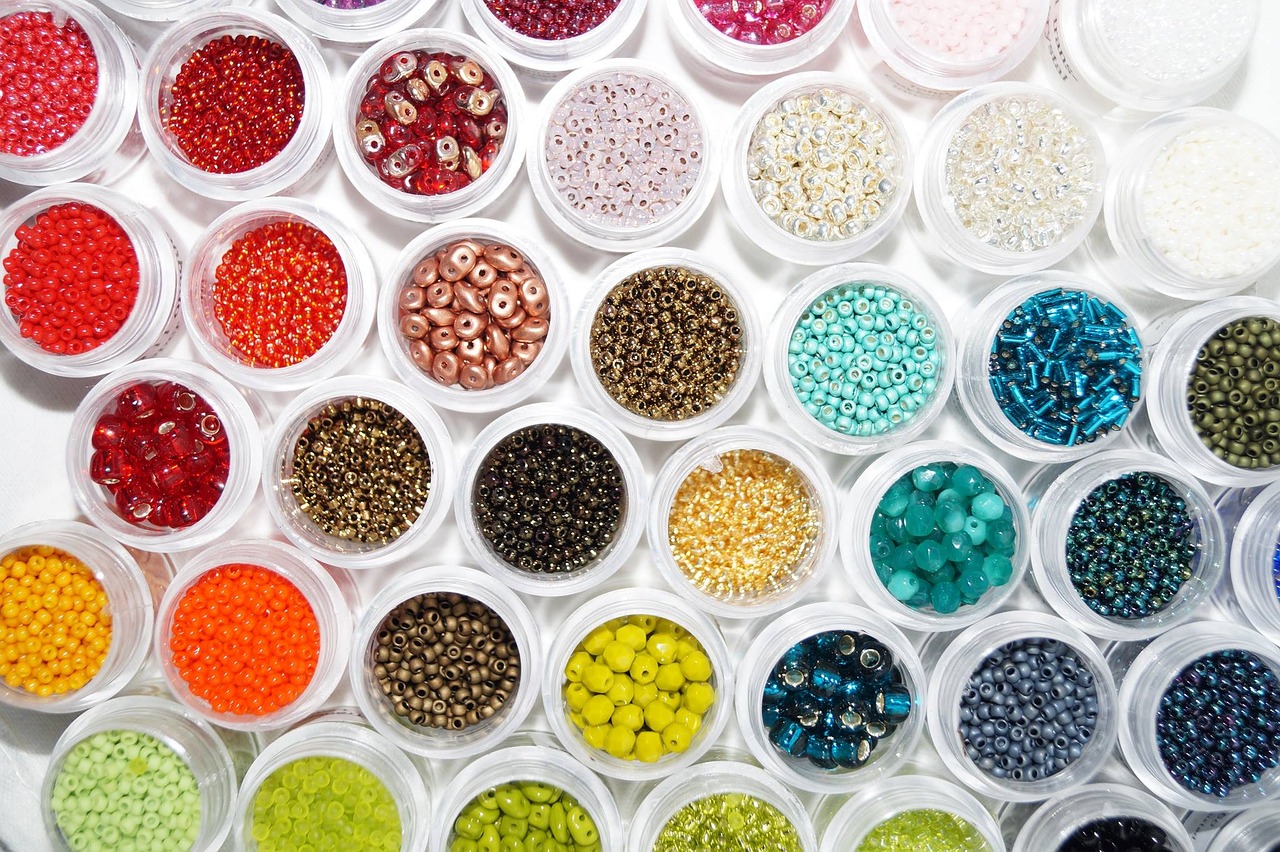Water beads, also known as gel beads or water crystals, have become increasingly popular for their role in water cleaning. These tiny, colorful beads can absorb and hold large amounts of water, making them useful in various applications such as gardening, floral arrangements, and as a decorative element. However, their most impressive use is in water cleaning.
At a glance, water beads may seem like nothing more than a fun decoration, but they have the potential to improve water quality in a variety of settings. Whether you’re looking to improve the water quality in your home aquarium or want to help clean up polluted bodies of water, water beads could be the solution you’re looking for.
Table of Contents
ToggleWhat Are Water Beads?
Water beads are made of a special polymer that can absorb and hold water many times its own weight. When dry, they are small, hard beads, but when hydrated, they grow to many times their original size and become soft and squishy to the touch.
The polymer used to make water beads is non-toxic and safe for use around plants and animals. They are commonly sold in small packets as a decoration for floral arrangements or as a gardening aid, but their usefulness extends far beyond just that.
How Do Water Beads Clean Water?
Water beads work by absorbing and trapping impurities and pollutants in the water. As water passes through the beads, the pollutants become trapped in the beads’ matrix, allowing clean water to pass through. This process is known as adsorption, which is different from absorption, where a substance is taken in and incorporated into the absorbing material.
Water beads have a large surface area, which allows them to capture a significant amount of pollutants. This makes them effective at removing impurities from water such as heavy metals, organic chemicals, and even bacteria. They can be used in a variety of settings, including home aquariums, swimming pools, and larger bodies of water such as lakes and ponds.
Applications of Water Beads in Water Cleaning
Home Aquariums
Water quality is critical in maintaining a healthy and thriving aquarium. Fish and other aquatic animals require clean water to survive, and pollutants such as ammonia, nitrates, and phosphates can quickly build up and become toxic. Water beads can help remove these pollutants, improving the quality of water and keeping your aquarium healthy.
To use water beads in an aquarium, simply place them in a fine mesh bag and hang it in the filter or directly in the water. As water passes through the bag, the beads will capture and remove impurities. It’s important to note that water beads should be cleaned or replaced regularly to ensure they continue to function properly.
Swimming Pools
Keeping a swimming pool clean and free of contaminants is essential for both the health of swimmers and the longevity of the pool. Water beads can be used to help remove impurities such as oils, lotions, and other organic materials that can accumulate in pool water.
To use water beads in a swimming pool, simply add them to the water and allow them to absorb impurities. Once the beads have reached their maximum capacity, they can be removed and disposed of.
Lakes and Ponds
Larger bodies of water such as lakes and ponds can suffer from pollution caused by agricultural runoff, urbanization, and other human activities. Water beads can be used to help improve the water quality in these bodies of water by capturing pollutants and impurities.
To use water beads in a lake or pond, they can be spread across the surface of the water. As the beads absorb impurities, they will sink to the bottom of the body of water, where they can be collected and disposed of.
Conclusion
Water beads, also known as gel beads or water crystals, are more than just a decorative element. They have the potential to improve water quality in various settings. These tiny, colorful beads can absorb and hold large amounts of water, making them useful in gardening, floral arrangements, and more. But their most impressive use is in water cleaning.







